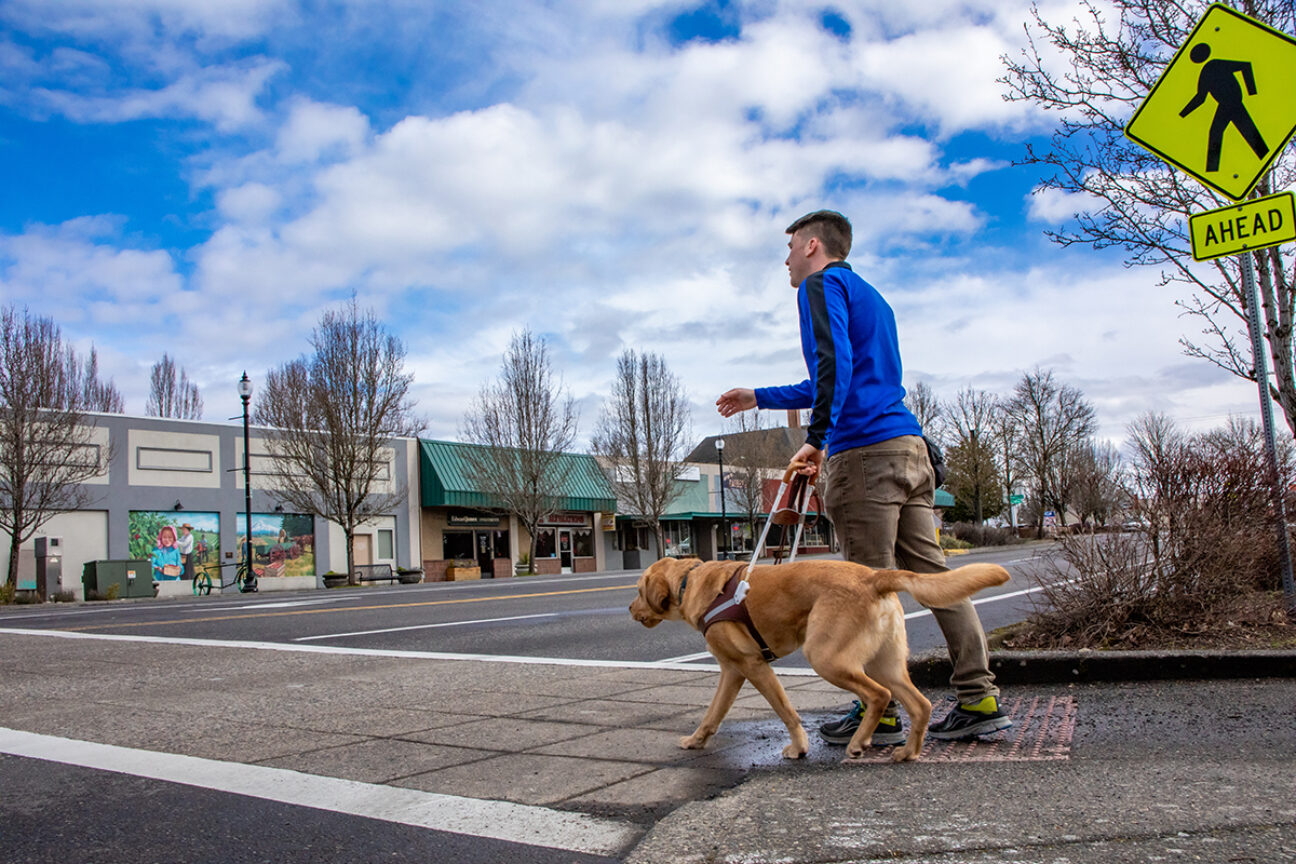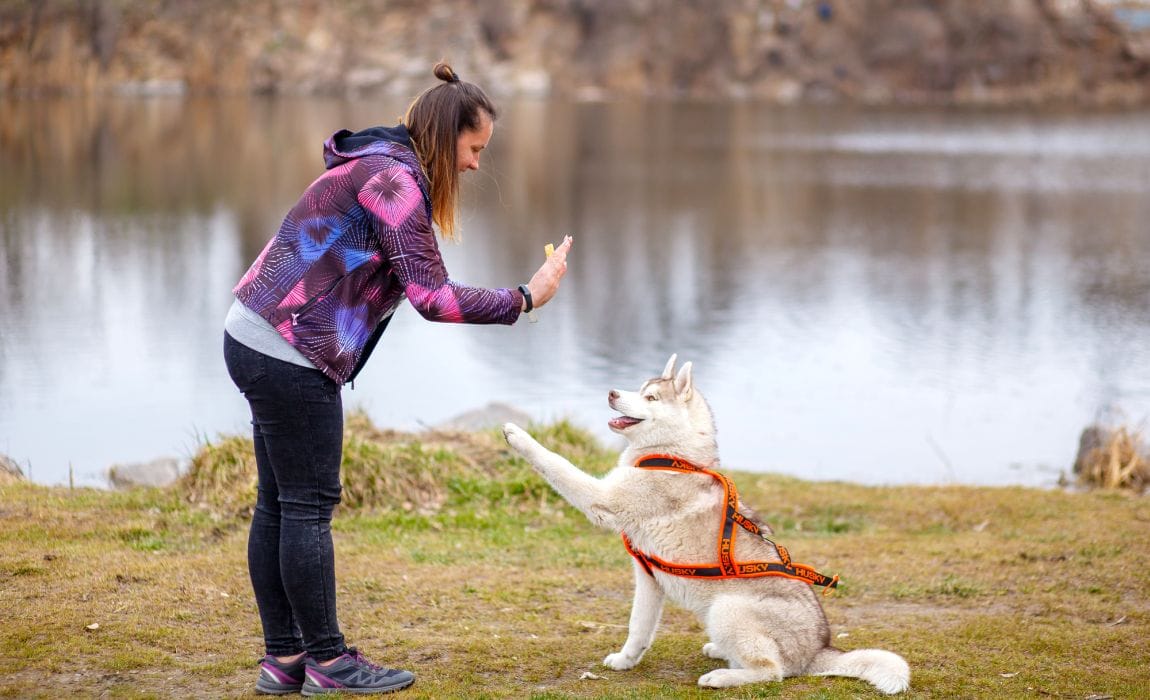Beginner's Guide to Effective Pet Dog Training in your home
Successfully educating a pet dog at home needs a nuanced understanding of canine behavior and effective communication approaches. Establishing clear training goals, using premium incentives, and maintaining consistency across household participants are critical components. Incorporating training into day-to-day regimens can enhance both involvement and retention.
Understanding Pet Dog Actions
Recognizing pet actions is essential for efficient training and promoting a harmonious connection between humans and their canine companions. Pets connect largely via body movement, vocalizations, and face expressions, making it crucial for proprietors to analyze these signals precisely. Acknowledging habits such as tail wagging, growling, or shrinking can supply insights into a dog's emotion and purposes.

Typical behavior problems, such as aggressiveness, stress and anxiety, or too much barking, typically stem from misconceptions or unmet demands. Observing and dealing with these problems without delay can protect against escalation and make sure a positive training experience. By cultivating a deep understanding of canine habits, owners can customize their training approaches to match their canine friends, ultimately leading to a mannerly and contented animal.
Vital Training Tools
A fully equipped training room can substantially boost the performance of pet training at home. Important training tools make sure that both the pet dog and the instructor can involve in efficient sessions that promote understanding and bonding.

Buying a strong chain and a comfy, well-fitting collar or harness is crucial for security and control. These tools assist establish boundaries and make certain the canine remains safe during training. Additionally, an assigned training area, without diversions, aids focus for both the canine and the instructor.
Training help such as training pads, cones, or agility devices can also improve the experience by introducing selection and difficulties. Finally, having a note pad or electronic application for tracking progress can be vital, permitting you to keep in mind successes and locations for renovation. Making use of these necessary tools will produce a favorable training environment and lay the structure for effective discovering.
Creating an Educating Regimen
Developing a constant training routine is vital for efficient dog training in your home. A well-structured routine not only aids in enhancing preferred behaviors however also supplies your pet with a complacency and predictability. To create an efficient training routine, begin by recognizing certain training objectives, such as fundamental commands, chain strolling, or house-training.
Choose a designated time each day for training sessions, ideally when your pet dog is sharp and responsive. Sessions ought to be brief, around 5 to 15 mins, to preserve emphasis and protect against exhaustion. Uniformity in timing and setting will certainly boost your dog's learning experience.
Incorporate training right into day-to-day activities to reinforce abilities. Method commands during strolls or mealtime, which incorporates finding out into natural regimens. Furthermore, remain flexible and readjust the regular as necessary, suiting your pet's energy degrees and mood.
Favorable Support Techniques
Positive support methods are fundamental to effective canine training, promoting wanted behaviors via incentives as opposed to punishment. This method makes use of positive stimulations, such as deals with, praise, or playtime, to motivate dogs to duplicate certain activities. The foundation of this approach is timing; rewards need to be provided promptly complying with the desired actions to produce a clear organization.
When carrying out positive support, it is vital to choose benefits that are encouraging for your canine. High-value deals with, such as small items of chicken or cheese, can be especially effective during training sessions. Furthermore, varying the benefits can preserve your canine's interest and interest.
Start with easy commands, like "rest" or "stay," and gradually visit their website development to extra complex tasks. Consistency is essential; ensure that all family participants use the very same commands and reward systems to prevent complication.
In addition, it is crucial to remain individual and stay clear of frustration. Pet dogs, like human beings, learn at their very own rate. By promoting an encouraging training environment with favorable reinforcement, you can improve your dog's knowing experience while enhancing the bond in between you and your furry buddy, preparing for effective training outcomes.
Common Educating Obstacles
While training a dog at home can be a rewarding experience, it typically includes a collection of usual obstacles that can evaluate both persistence and consistency. One common problem is distraction. Canines may end up being quickly sidetracked by sounds, activities, or perhaps aromas in their setting, making it hard to maintain their focus during training sessions.
Another challenge is disparity in commands and support. If relative utilize different hints or benefits, it can impede and perplex the canine progression. Developing a unified technique is crucial for reliable communication.
In addition, pet dogs can experience stress or stress and anxiety, especially if they do not recognize what is anticipated of them. This can cause undesirable habits, such as chewing or barking.
Ultimately, the timing of reinforcement is vital (Dog training). Delayed rewards can decrease the effectiveness of positive reinforcement, as dogs might fail to attach the actions with the incentive
Getting rid of these difficulties calls for commitment, clear communication, and an organized training plan. Identifying and attending to these typical challenges will lead the way for an extra satisfying and successful training experience in your home.
Conclusion
In final thought, successful canine training at home demands a comprehensive understanding of canine actions and effective communication approaches. By developing clear training objectives and utilizing top notch treats along with favorable support, the training procedure ends up being a lot more satisfying for both the canine and the trainer.
Developing a constant training routine is important for reliable pet dog training at home.Favorable reinforcement techniques are basic to efficient pet training, promoting desired actions via benefits instead than penalty (Dog training). By promoting an encouraging training atmosphere via favorable reinforcement, you can boost your pet's knowing experience while enhancing the bond between you and your hairy buddy, laying the groundwork for successful training outcomes
In conclusion, effective canine training at home necessitates a detailed understanding of canine behavior he has a good point and reliable interaction methods. By official source establishing clear training goals and using top notch treats along with positive reinforcement, the training procedure becomes more satisfying for both the pet dog and the fitness instructor.